|
Air Canada Earns Outstanding Commitment Honours and Sector Distinction Award at Employment Equity Achievement Awards Air Canada is honoured to have been presented the Outstanding Commitment to Employment Equity award and the Sector Distinction award by The Honourable Seamus O'Regan, Federal Minister of Labour and Seniors, as part of the Employment Equity Achievement Awards announced recently. "Air Canada is proud to be a leading employer in Canada and a role model in the aviation sector for its advancement in the workplace of women, Indigenous peoples, persons with disabilities and members of visible minorities. We are honoured to be recognized with these awards, which reflect our strong commitment to diversity, equity and inclusion across all sectors of our airline," said Arielle Meloul-Wechsler, Executive Vice President, Chief Human Resources Officer and Public Affairs at Air Canada. Source: media.aircanada.com |
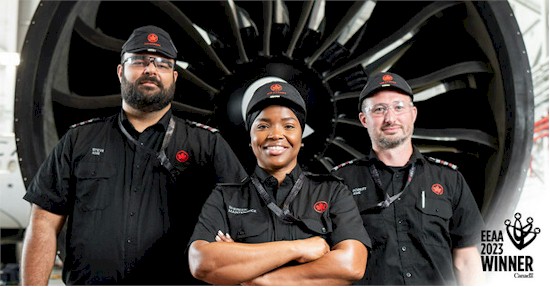 |
 for the latest posts at the Air Canada Media Centre. for the latest posts at the Air Canada Media Centre. |
 Click the logo to open the Air Canada YouTube channel. Click the logo to open the Air Canada YouTube channel. |
|
|
|
Terry supplied the following fleet list: Current status as per rzjets.net
|
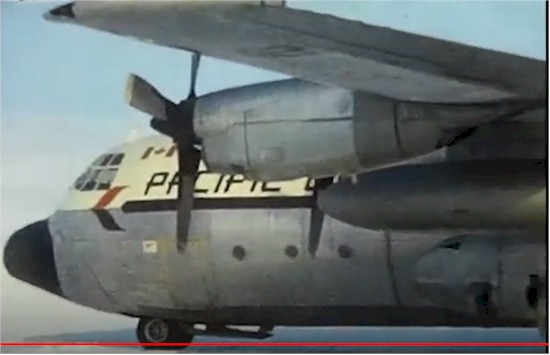 |
|
CF-PWO Lockheed L-100 Hercules Unspecified date in the Canadian Arctic Posted by Keith Deines |
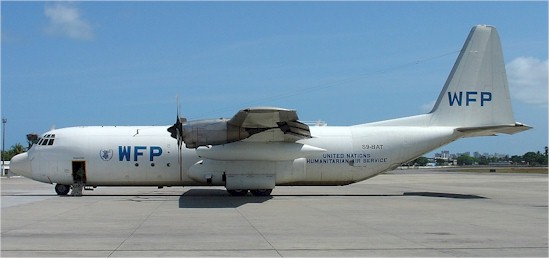 |
|
Former registration N9263R in World Food Programme (WFP) livery. 'United Nations Humanitarian Service' painted on the fuselage. Registered S9-BAT to Transafrik International of Angola headquartered in Fujairah, United Arab Emirates. Photo by Marco Antonio Silva at Recife, Brazil November 4, 2004 |
From Heather Bannerman of Ridgeway, Ontario
Thank you for another great issue.
I really appreciated the Viscount article, remembering my training days and praying never to have to deal with a 'runaway propeller.'
As flight-attendants-in-training, in our minds the thought of that propeller pandemonium, became a scene from a blockbuster thriller. Who needs in-flight movies when you have a rogue propeller stealing the spotlight?
Thanks for the smiles and memories,
Heather
Editors' Note: Our pleasure!
|
It is probably common knowledge among our readers that the first supersonic flight by a commercial airliner was achieved during a test flight of a DC-8-43 (test registration N9604Z) on August 21, 1961. This aircraft would be delivered to Canadian Pacific Airlines on November 15, 1961 (fin #602, registration CF-CPG) where it remained in service for close to 20 years. The video linked below comes from 'Maximus Aviation' and chronicles the events leading up to that flight. Editors' Note: You will certainly notice that the video creators confuse CP Air with Air Canada in their graphics! |
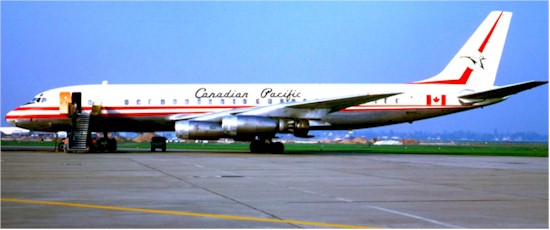 |

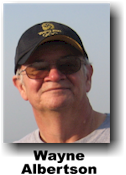
.jpg)